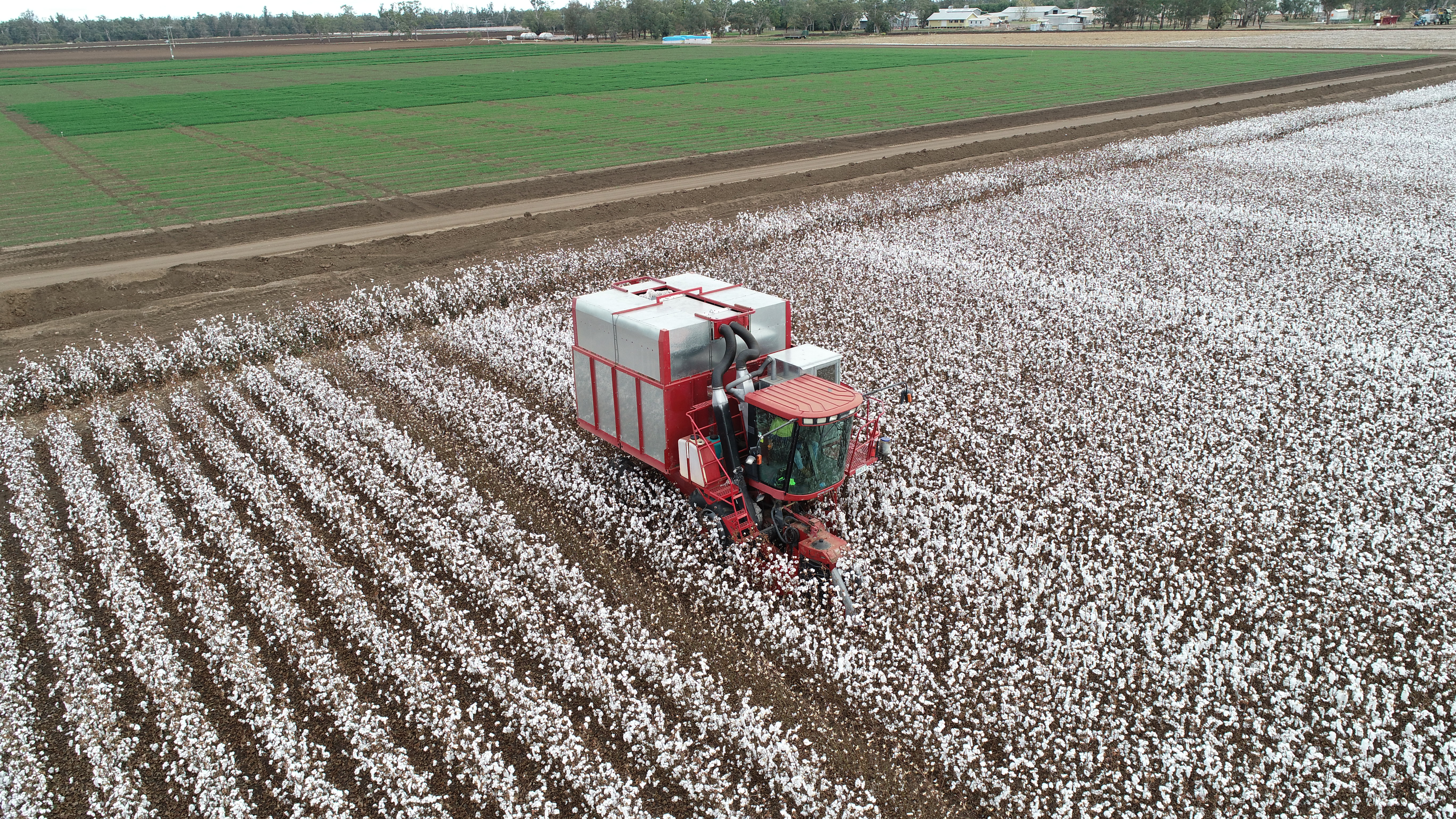Through better management of nitrogen (N) and phosphorus (P), cotton growers can reduce production costs, deliver high yield lint production, and protect the environment.
The NSW ‘More Profit from Nitrogen – Enhancing nutrient use in cotton’ project focussed on both N and P nutrition and their management in high-yielding irrigated cotton systems.
This research was led by NSW Department of Primary Industries (DPI) in partnership with CSIRO, The University of Melbourne, and The University of Queensland.
Five years of field experiments were conducted at the Australian Cotton Research Institute at Narrabri, as well as seven irrigated cotton farms in the Gwydir, Namoi and Macquarie Valleys.
Project leader, NSW DPI Senior Research Scientist, Dr Graeme Schwenke said the research supports continued high-yielding cotton production, but with greater attention to N fertiliser application methods.
“High-yielding irrigated cotton crops require a large amount of N for optimum growth and lint production, but the soil can provide much of the crop’s requirements,” Dr Schwenke said.
“It’s important for growers to conduct pre-sowing soil testing to take stock of residual soil mineral N from previous seasons.
“Soil N, along with in-season soil organic matter mineralisation, are significant sources of N that should be considered when determining the N fertiliser required.
“Applying more N fertiliser than the crop needs will result in significant N losses from the paddock via runoff and denitrification and can also cause excessive vegetative growth at the expense of the important lint production.”
The project also investigated the long-term changes in soil P under irrigated cotton production along with options to improve P fertiliser use efficiency.
NSW DPI Senior Research Scientist Dr Guna Nachimuthu said soil P declined in cotton systems without P fertiliser applied.
“In the Macquarie Valley, regular P fertiliser use has increased soil P in soils that were naturally low in P, but only in the soil surface,” he said.
“This will increasingly lead to a mismatch between where plants access water and nutrients resulting in a future management challenges in cotton farming systems.
“Improved response to applied P could be achieved by mixing P fertiliser through the soil, preferably before a preceding cover or rotation crop. In a minimal tillage system, P fertiliser may be applied every 3–5 years to minimise soil disturbance and capitalise on associated soil health benefits of minimum tillage.”
Cotton growers are encouraged to adopt these research findings to increase their nitrogen and phosphorus use efficiency, improve profitability, and reduce environmental impacts.
The More Profit from Nitrogen – Enhancing nutrient use in cotton – Final Report is available on the CRDC website







